Exploring Behavioural Breathing and Psychology Through Predictive Processing Theory

Exploring Behavioural Breathing and Psychology Through Predictive Processing Theory
Introduction
The intricate connection between breathing patterns and mental health, a core aspect of behavioural breathing, has long intrigued respiratory physiologists, breath coaches, and psychologists. Recent discussions in the field of predictive processing theory offer fresh perspectives on this relationship, shedding light on how alterations in respiratory physiology could significantly impact mental health disorders such as panic disorder, autism spectrum disorder (ASD), and schizophrenia.
Understanding Predictive Processing:
Predictive processing is a revolutionary concept in neuroscience and psychology. It posits that the brain functions primarily as a prediction-making machine. It constantly generates hypotheses or predictions about incoming sensory information based on past experiences. When actual sensory inputs do not align with these predictions, a ‘prediction error’ occurs. The brain then updates its model or prediction to reduce this error. This theory provides a framework for understanding how sensory processing, cognition, emotion, and behavioural breathing are interconnected.
Predictive Processing, Respiration, and Brainwave Oscillations:
Breathing patterns play a crucial role in predictive processing. Altered respiratory rhythms can disrupt the brain’s predictive models, leading to heightened or misaligned neural responses. For example, during a panic attack, hyperventilation can cause an excess of prediction errors related to bodily and visceral-interoceptive signals, leading to increased arousal and anxiety. This mechanism is reflected in changes in brainwave oscillations – the rhythmic neural activities that underpin all cognitive and sensory processing. Altered breathing can modulate these oscillations, affecting everything from attention and emotion regulation to sensory perception.
The Role of Neural Oscillations in Panic Disorder:
Panic disorder is characterized by specific respiratory alterations – notably hyperventilation – leading to heightened arousal and negative emotions. Predictive processing models suggest that these altered respiratory rhythms increase the frequency of feed-forward neural oscillations carrying somatic and visceral-interoceptive signals. This enhancement of sensory precision amplifies prediction errors, potentially leading to a runaway feedback loop that exacerbates panic symptoms. This understanding could be pivotal for breath coaches working with panic disorder clients, emphasizing the importance of behavioural breathing techniques in regulating breathing patterns to manage arousal and prevent the escalation of anxiety.
Breathing Patterns and Autism Spectrum Disorder (ASD):
Individuals with ASD often show atypical breathing patterns, such as irregular breathing or breath-holding. These disrupted patterns could affect the neural processing of social and emotional cues, which are core challenges in ASD. Behavioural breathing strategies, developed by breath coaches and respiratory physiologists, could play a crucial role in addressing these atypical patterns, potentially alleviating some sensory and social challenges associated with ASD.
Schizophrenia and Respiratory Physiology:
Schizophrenia is associated with irregular breathing patterns and altered heart rate variability. These changes in respiratory physiology might influence gamma-frequency neural oscillations, which are crucial for perceptual and cognitive functions. Understanding these links could provide new directions for therapeutic interventions, combining respiratory techniques with psychological therapies to address mental and perceptual distortions in schizophrenia.
Relaxation as a Complementary Approach:
Relaxation has emerged as a potentially complementary approach in managing disorders like panic disorder. By reducing arousal and altering the perception of sensory signals, relaxation can modify the brain’s neural gain, helping to mitigate overreactions to sensory stimuli. This insight opens up new avenues for psychologists and breath coaches to incorporate relaxation techniques, particularly in teaching relaxation and controlled breathing techniques.
Future Directions:
The conversation highlights the need for future research to unravel further the complex relationship between respiratory physiology and mental health disorders. This includes exploring the role of respiratory-modulated brain oscillations (RMBOs) in modulating neural processes and predictive processing mechanisms. Such research could provide valuable insights for respiratory physiologists, breath coaches, and psychologists, informing more targeted and effective behavioural breathing interventions.
Conclusion:
The intersection of respiratory physiology, breath coaching, and psychology offers promising avenues for understanding and treating mental health disorders. By integrating insights from predictive processing theory with practical breathing techniques and psychological interventions, professionals in these fields can develop more holistic and effective strategies for managing conditions like panic disorder, ASD, and schizophrenia. As our understanding of these complex relationships deepens, so will our ability to provide comprehensive care for those affected by these disorders through behavioural breathing techniques.
Learn More:
Should you be interested in learning more about how you can use this information to your advantage or make a big impact in your coaching or psychology practice, check out our six-month intensive training program
References
1. Goodwin, R. D., Eaton, W. W., & Stein, M. B. (2002). The epidemiology of panic disorder and agoraphobia in Europe. *European Neuropsychopharmacology, 12*(6), 435-443. https://doi.org/10.1016/S0924-977X(02)00111-1
2. Reiss, S. (1991). Expectancy model of fear, anxiety, and panic. *Clinical Psychology Review, 11*(2), 141-153. https://doi.org/10.1016/0272-7358(91)90091-9
3. Cheng, W., Rolls, E. T., Gu, H., Zhang, J., & Feng, J. (2021). Autism: Reduced connectivity between cortical areas involved in face expression, theory of mind, and the sense of self. *Brain, 144*(4), 1227-1242. https://doi.org/10.1093/brain/awab018
4. Eidelman-Rothman, M., Goldstein, A., & Levy, J. (2016). The brain’s response to pleasant touch: an EEG investigation of tactile caressing. *Frontiers in Human Neuroscience, 10*, 608. https://doi.org/10.3389/fnhum.2016.00608
5. Dane, S., & Balci, N. (2007). Nasal airflow alternation and lateralization in autism spectrum disorder. *Autism Research, 10*(1), 10-20. https://doi.org/10.1002/aur.20
6. Akar, S. A., Kara, S., Agaoglu, E., & Sarandol, A. (2012). Effects of various antipsychotics on heart rate variability in schizophrenia patients. *Clinical Psychopharmacology and Neuroscience, 10*(1), 19-25. https://doi.org/10.9758/cpn.2012.10.1.19
7. Brændholt, M., Kluger, D. S., Varga, S., Heck, D. H., Gross, J., & Allen, M. (2023). Breathing in waves: Understanding Respiratory-Brain Coupling as a Gradient of Predictive Oscillations. Neuroscience & Biobehavioral Reviews, 105262.




